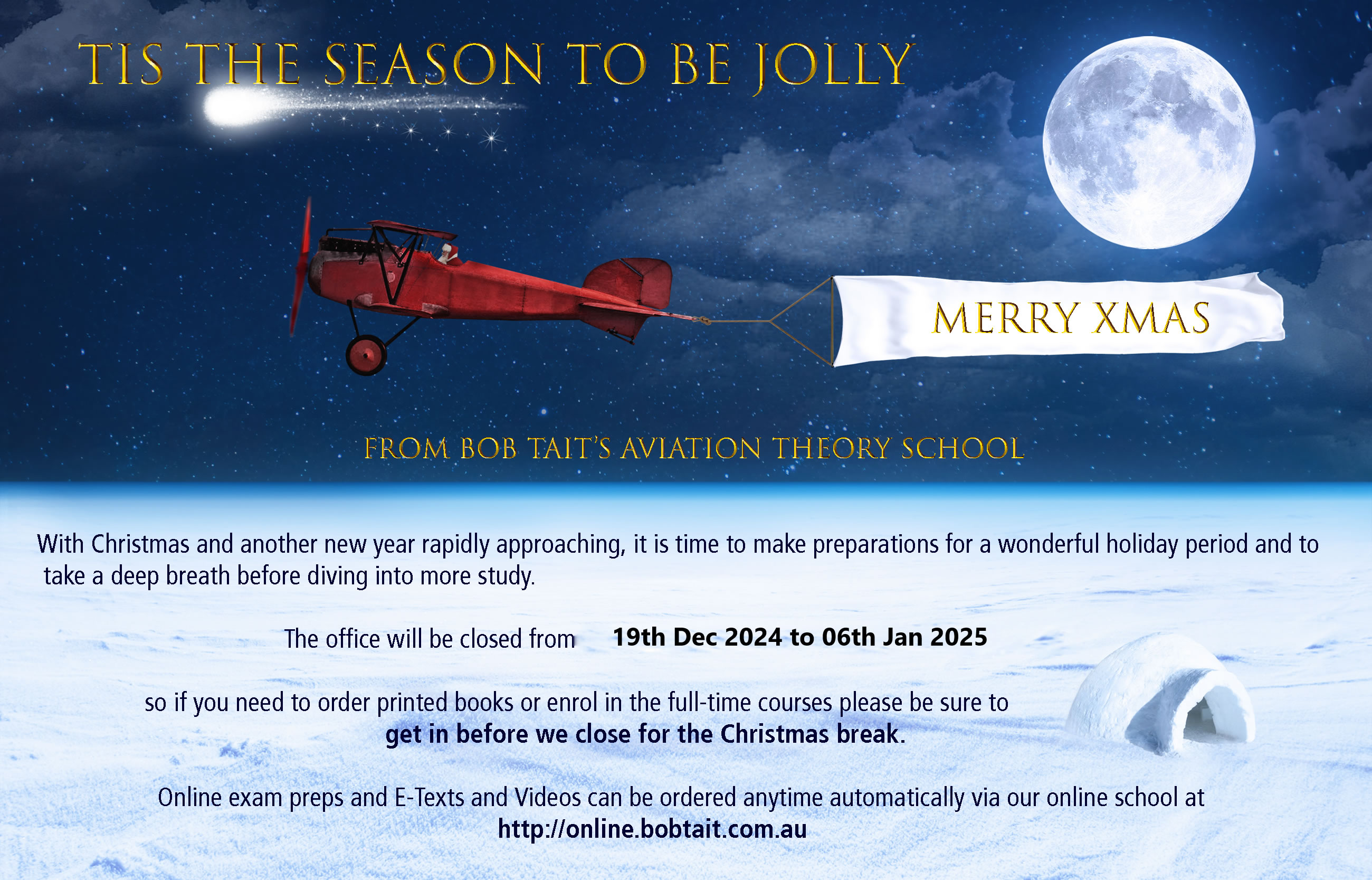Let me start the beginnings of a list ...
(a) the wings level certification stall is that required to show compliance with the design standards by the OEM.
For light aircraft, refer FAR 23 and, in particular, FAA AC 23-8C (
www.faa.gov/documentLibrary/media/Adviso...cular/AC%2023-8C.pdf - which provides a lot of guidance on how the FAA thinks flight test work should be done for light aircraft - very well worth while having a read through this AC). Main consideration is a slow approach to the stall (currently not faster than 1 kt/sec speed reduction in the relevant configuration) and idle power (although there is an alternative power setting permitted which doesn't change things significantly for most lighties) resulting in the approach to the stall's involving a descent.
While the specifics for the recovery have varied over the years with changes to the rule book, the basic idea is recover at the first sign of stall (usually an uncontrollable nose drop), get the angle of attack below stall and then, once definitely unstalled, increase power and complete the recovery. For lighties typical angle of attack for stall is in the mid-teens.
(b) the typical flight standards/training stall. This sort of approximates a certification stall but, in general, not terribly well.
Traditionally, the emphasis was on minimum loss of height during the stall and recovery. As a result the nature of the exercise was a bit different to what the OEM did and, on occasion, one gets surprising results. As a result of a number of accidents where the non-emphasis on reducing angle of attack as the immediate action was pivotal in the accident sequence, the emphasis has changed to align somewhat more with what the certification folks do.
(c) a variety of turning and accelerated (ie load factor somewhat above 1.0) stalls where things can get a bit more interesting, especially if one lets some sideslip get into the action ... good way to visit that wonderful activity called spinning .. Hence the emphasis on stopping the development of yawing motions during stall evolutions.
Lots of different terminology floating about the place but, basically, either turning or wings level with g applied intentionally by the pilot.
(d) a variant of the accelerated stall (often referred to as a dynamic stall to distinguish it from the usual quasi-static stall and probably not known by the majority of folks) occurs with
very high pitch rates. If the pitch rate is high enough, as I recall up around 70 deg/sec or more, a spanwise vortex can develop along the forward section of the wing. This causes reattachment of the normal stall separating airflow and the wing then can increase angle of attack quite significantly before the vortex lets go and it finally stalls. Not something you will see In your typical lightie but a possible consideration with helicopters and, perhaps, very high performance fixed wing aircraft.
(e) a bit like (d), delta wings derive lift from a spanwise vortex located up near the leading edge and this is responsible for the very much higher angle of attack seen with delta wing aircraft manoeuvring. For these aircraft, the problem is not so much stalling (at a quite high angle of attack) but, rather, the massive increase in drag at the higher angles.
(f) contaminated wings. If the leading edge region either is damaged or contaminated (icing is the typical villain), pressure gradients can be affected adversely and a premature flow separation can occur, usually with very undesirable handling consequences. Especially for aircraft with leading edge slats only the merest of contamination is needed to provide undesirable flow consequences. Hence the admonition not to go flying with ice on the aircraft ....
(g) shock stall. This is another one you won't need to worry about for basic training but it is very relevant for higher performance aircraft. As the speed approaches the transonic regime, shocks develop In the airflow around the aircraft and, due to the sudden flow property changes across a shock, the flow can separate in a manner similar to a conventional stall. Unless design features are adopted to keep this animal under control, very undesirable handling results can follow. This was one of the problems faced by the early high speed flight researchers and TPs and resulted in the loss of many aircraft and crews before engineering understanding caught up with the speeds of which the then current high performance aircraft were capable.
(h) tail stall. This is a relative newcomer to the pilot knowledge base and, often, is associated with tailplane icing. As wing trailing edge flaps are extended, the changing downwash can get a bit too much for the ice-modified tailplane profile resulting in flow separation. Usually, the tailplane provides a moderate down force so the handling consequence typically is a fairly savage nosedown pitching motion. A number of accidents were related to this phenomenon until the boffins sorted out what was going on ....
I'll leave it for others to add some airs and variations to the theme ...







